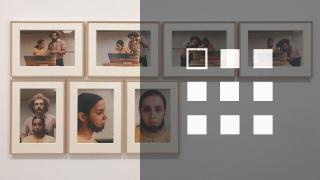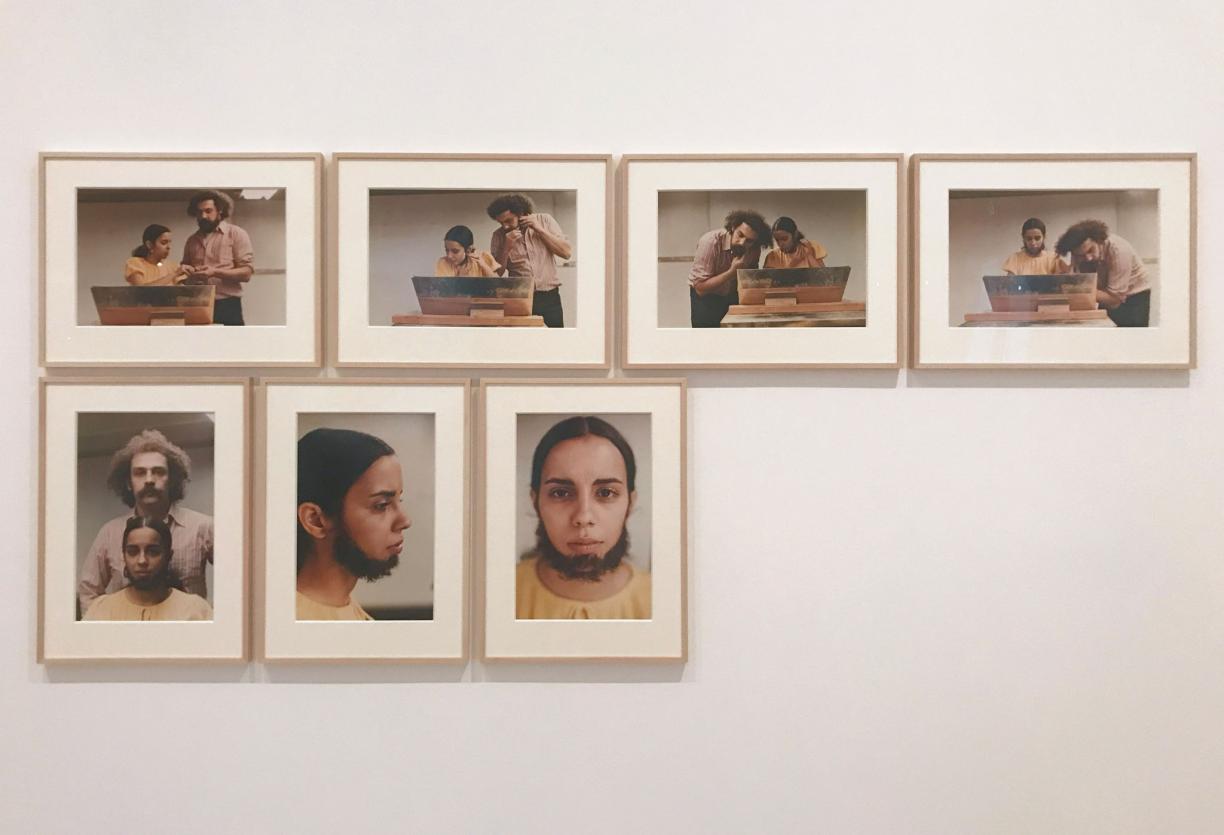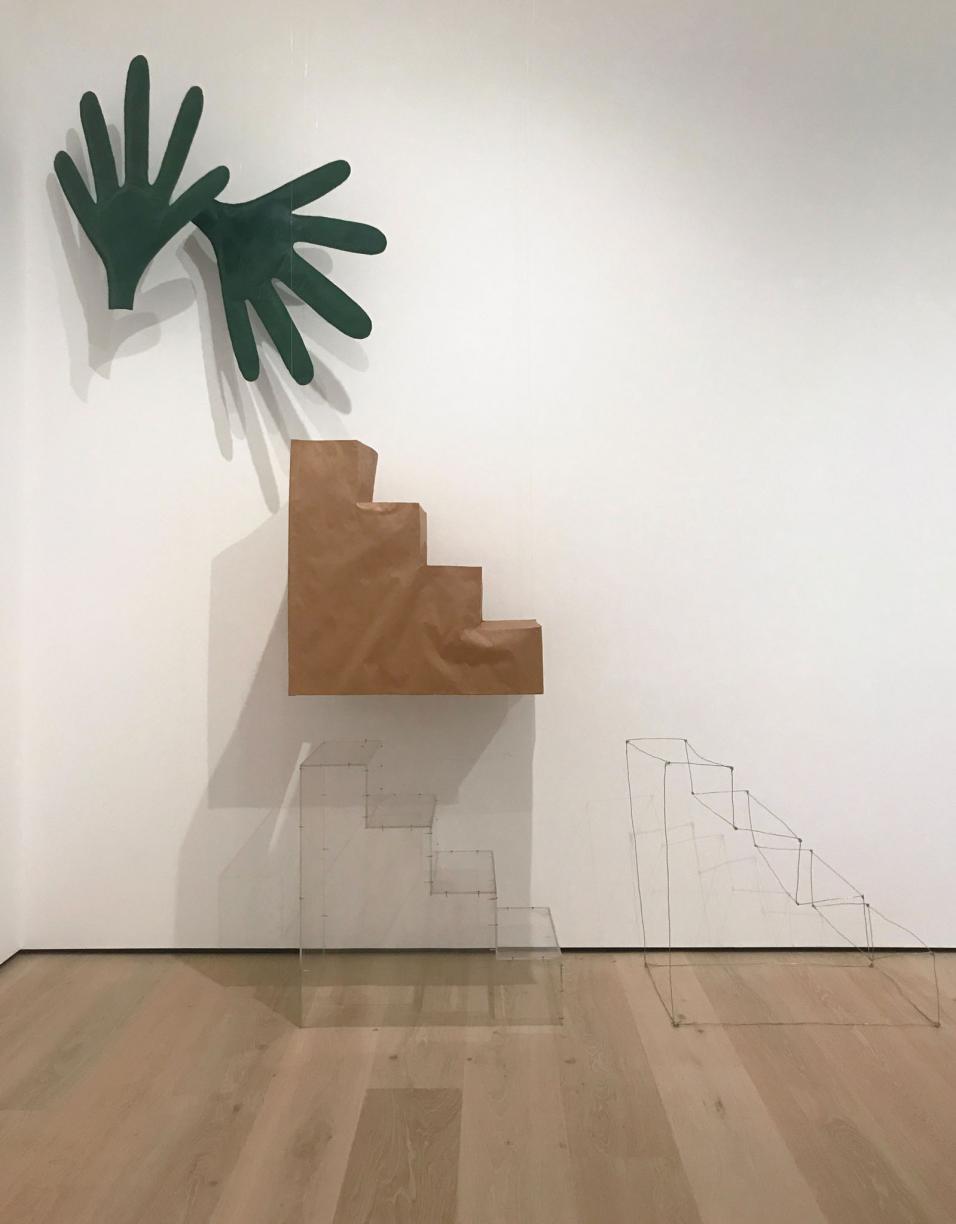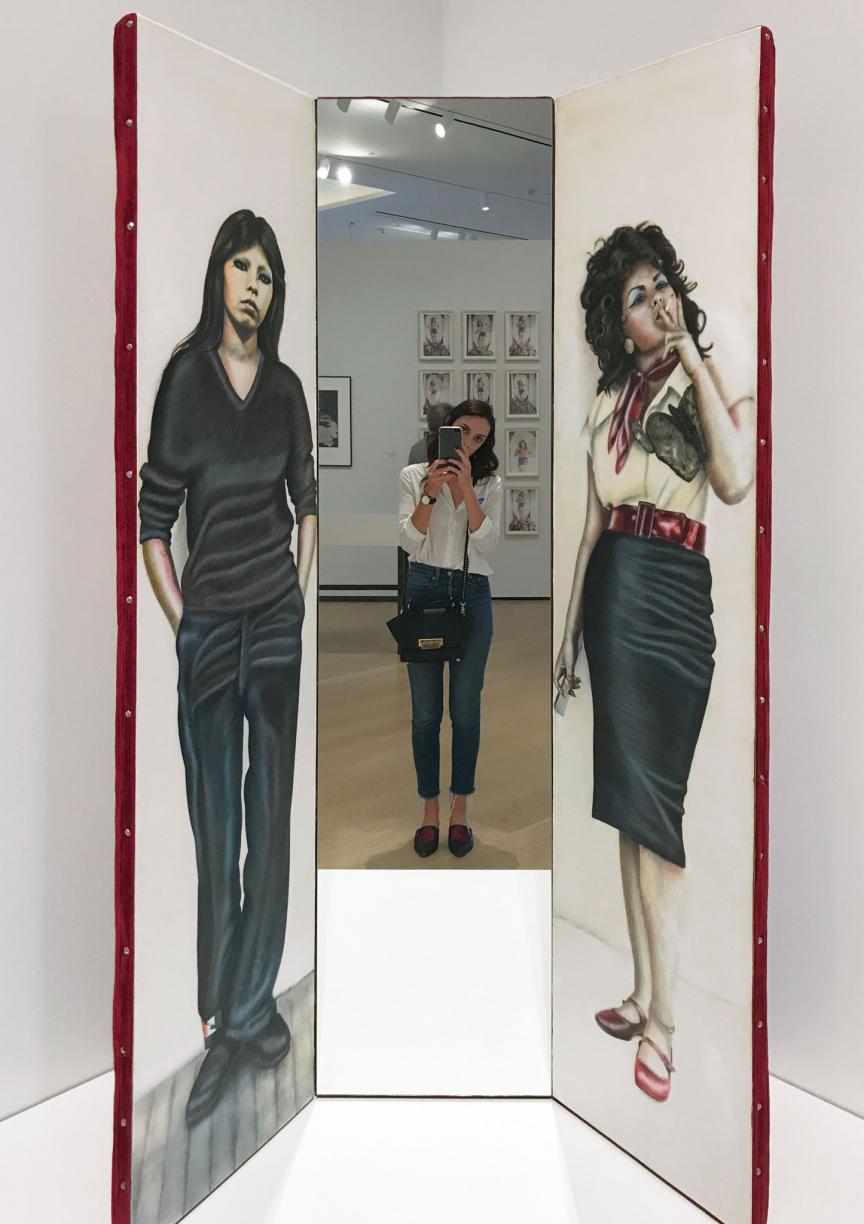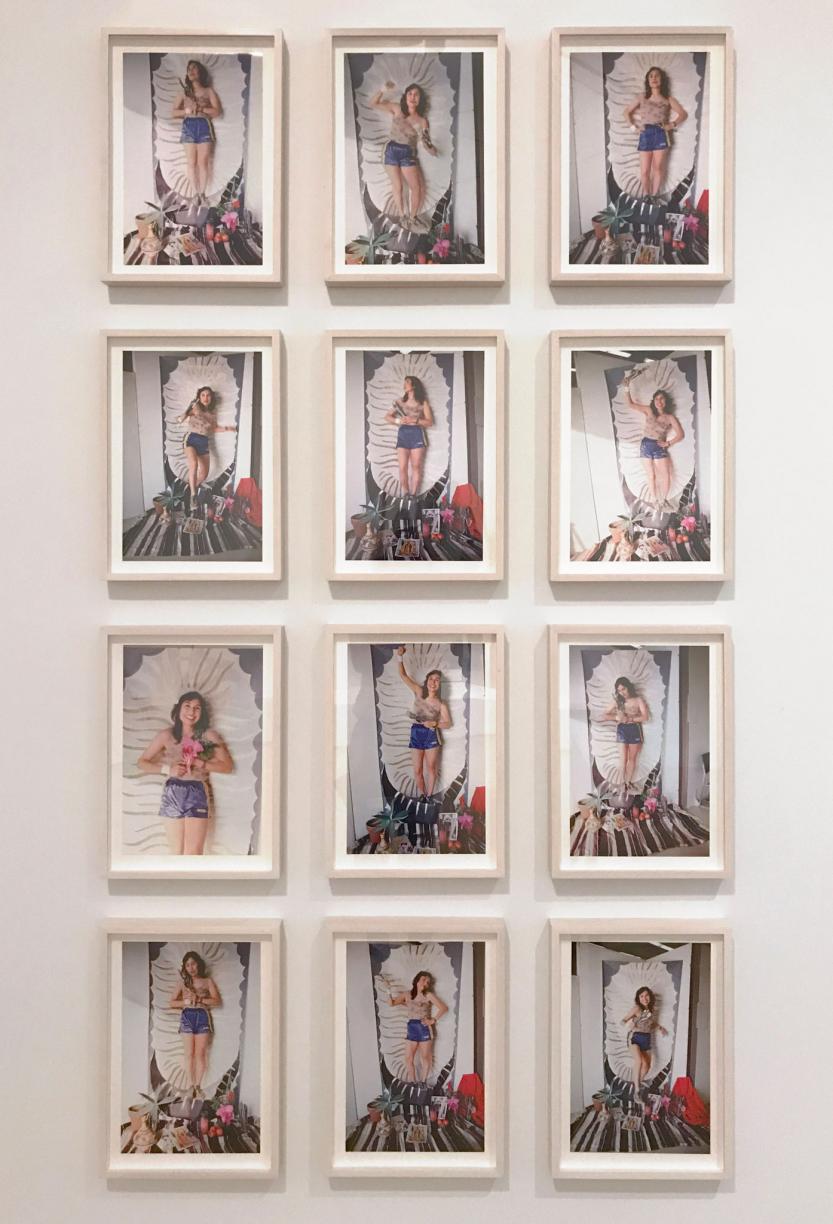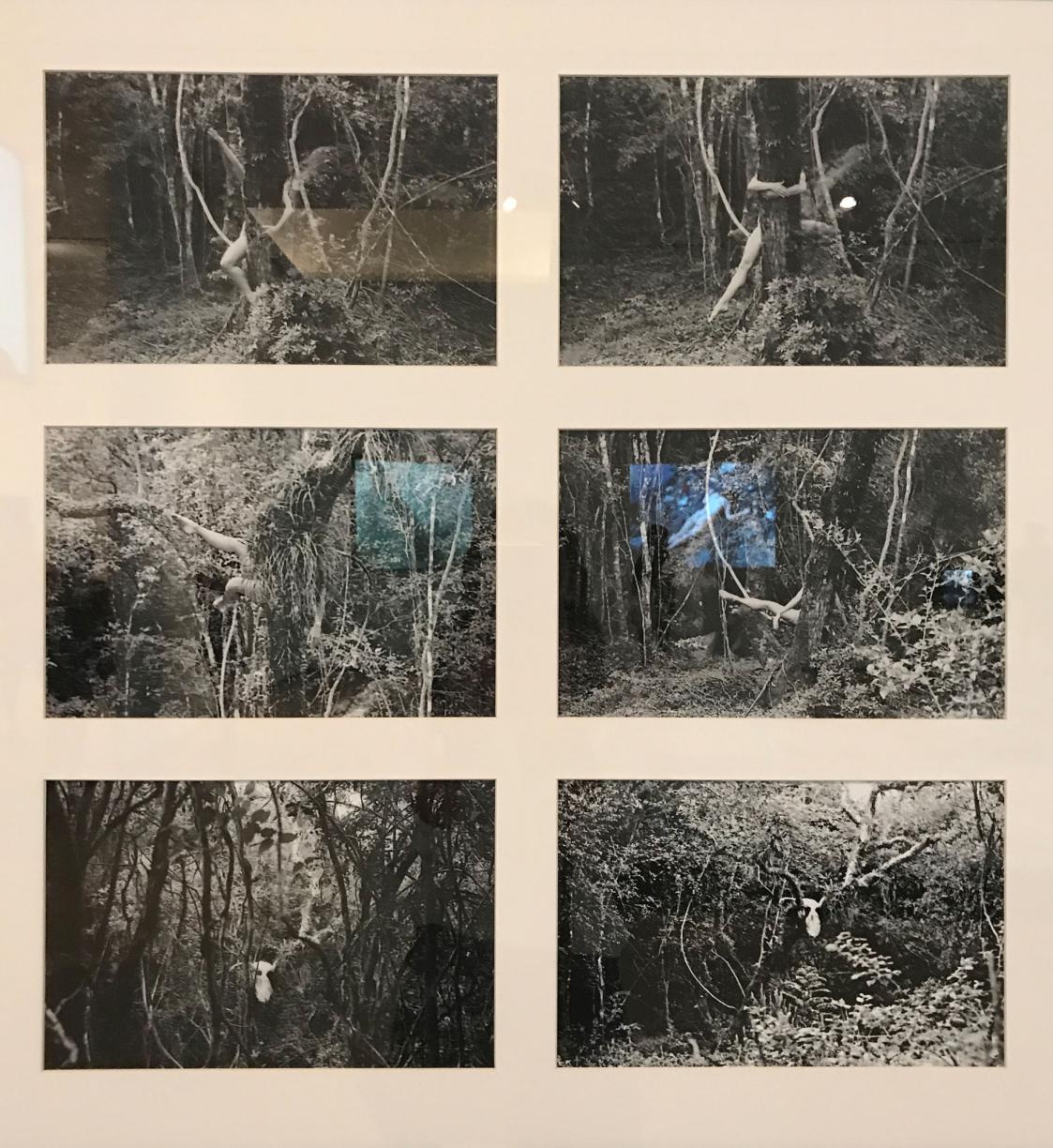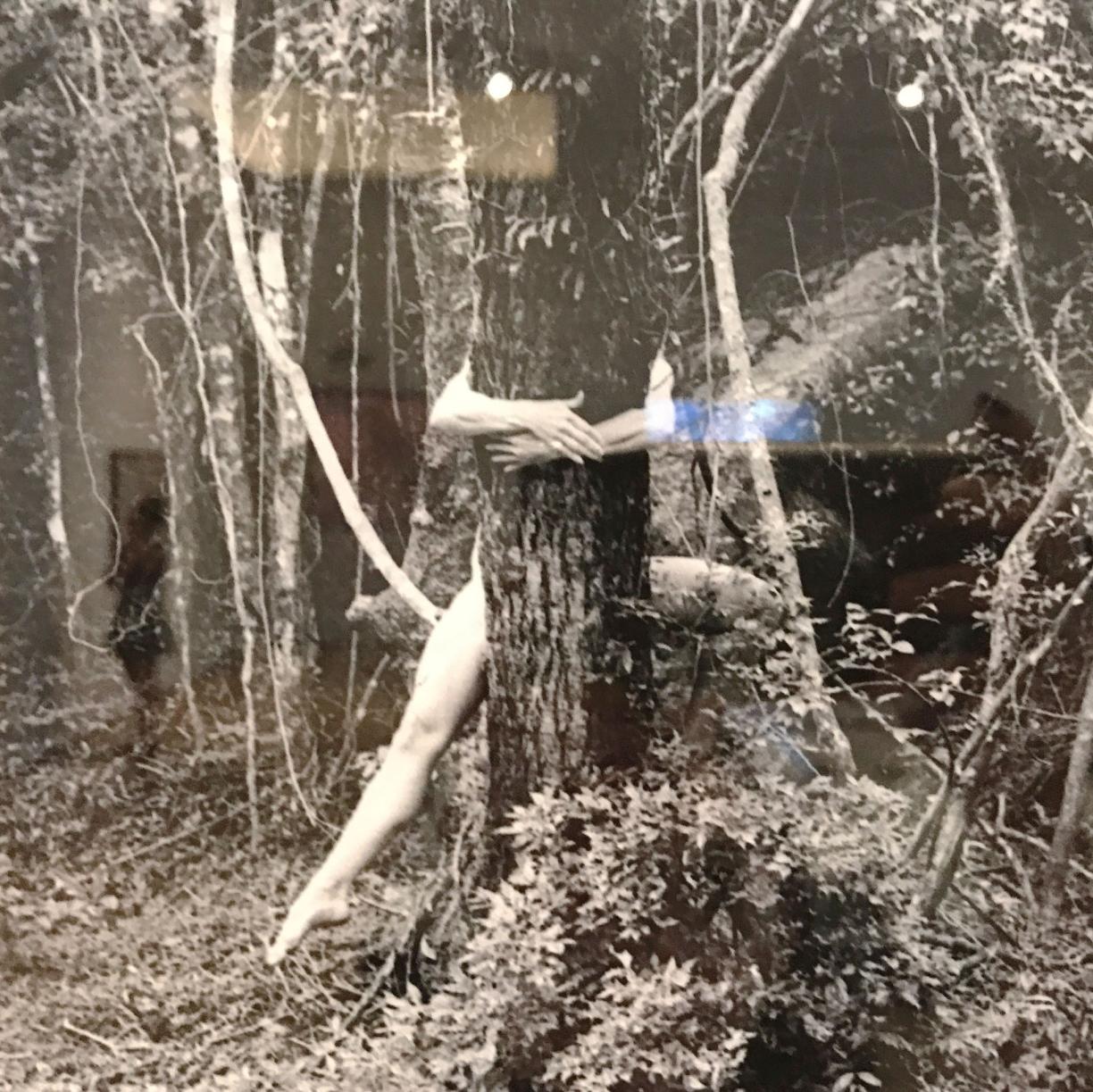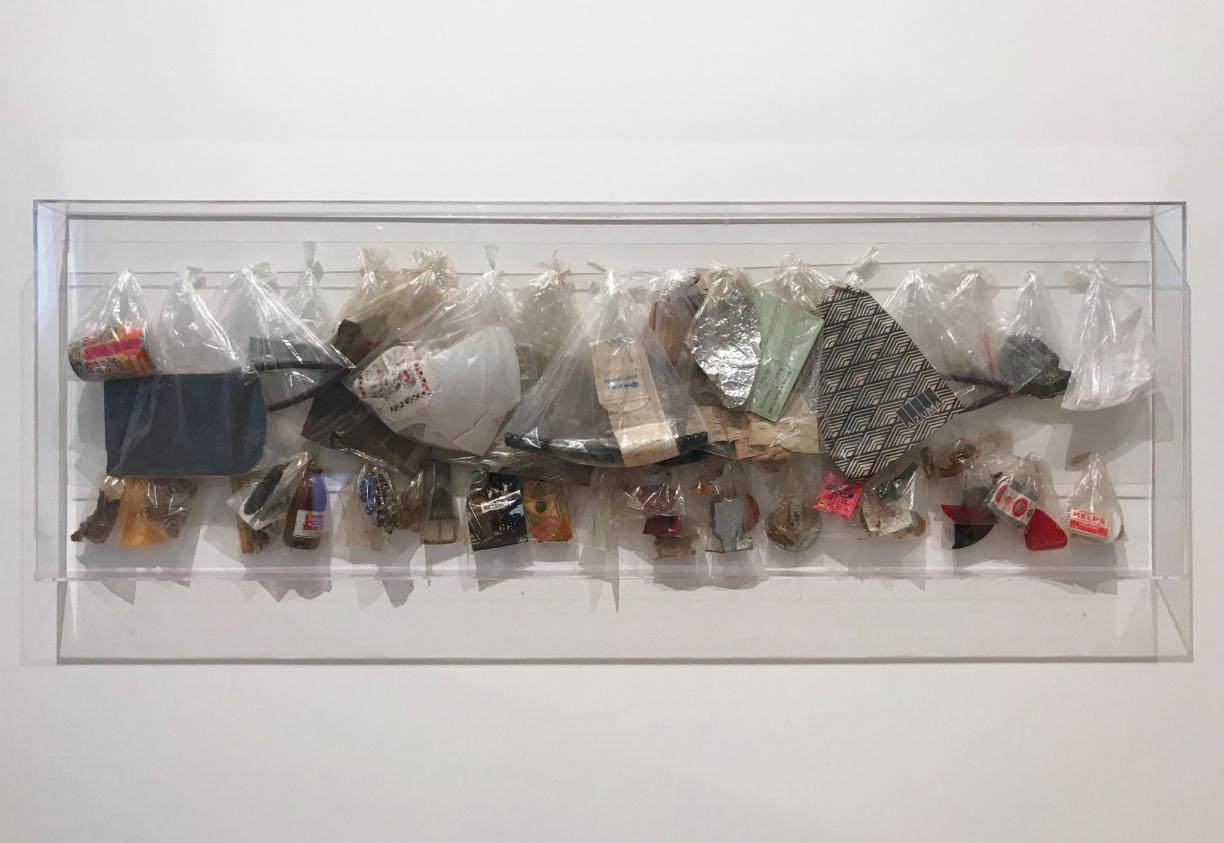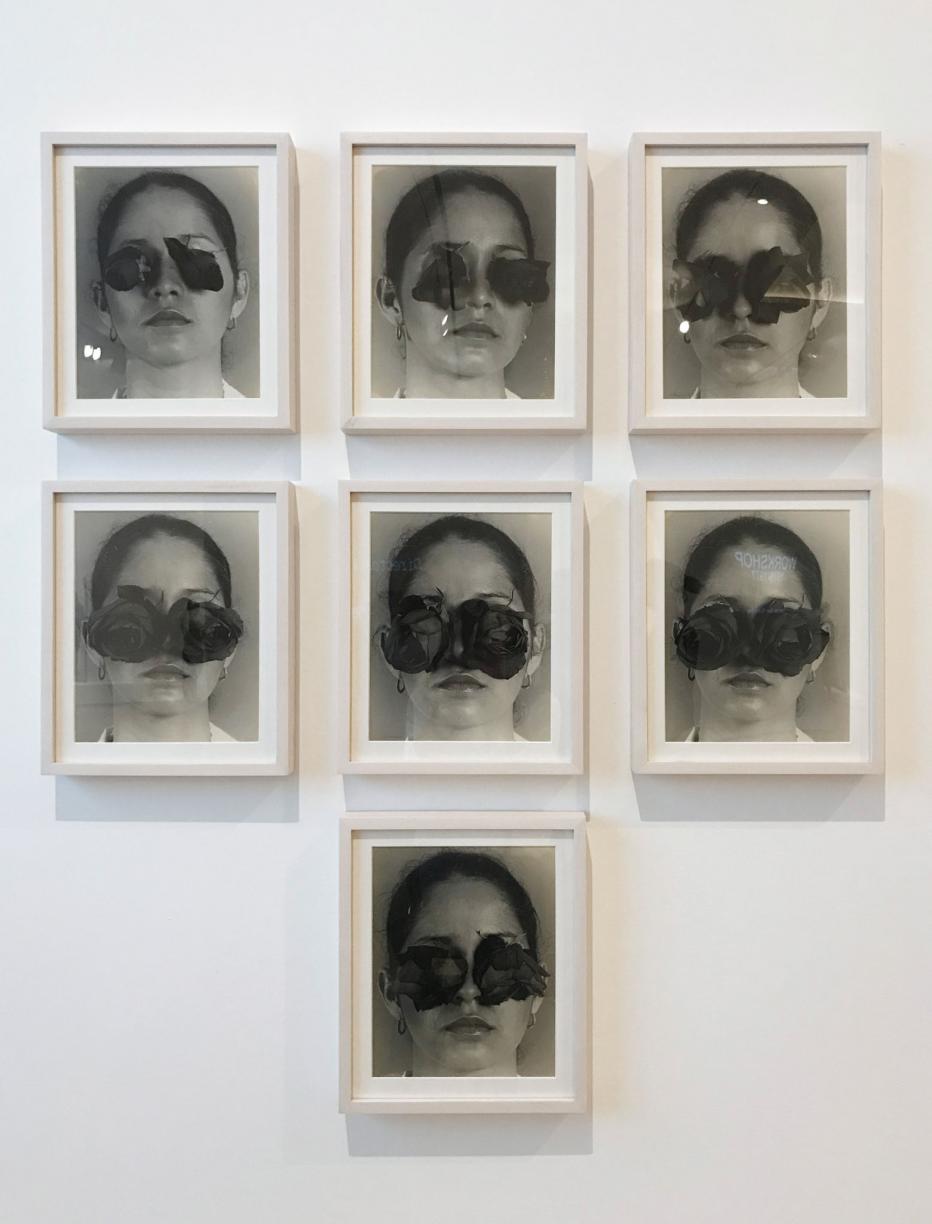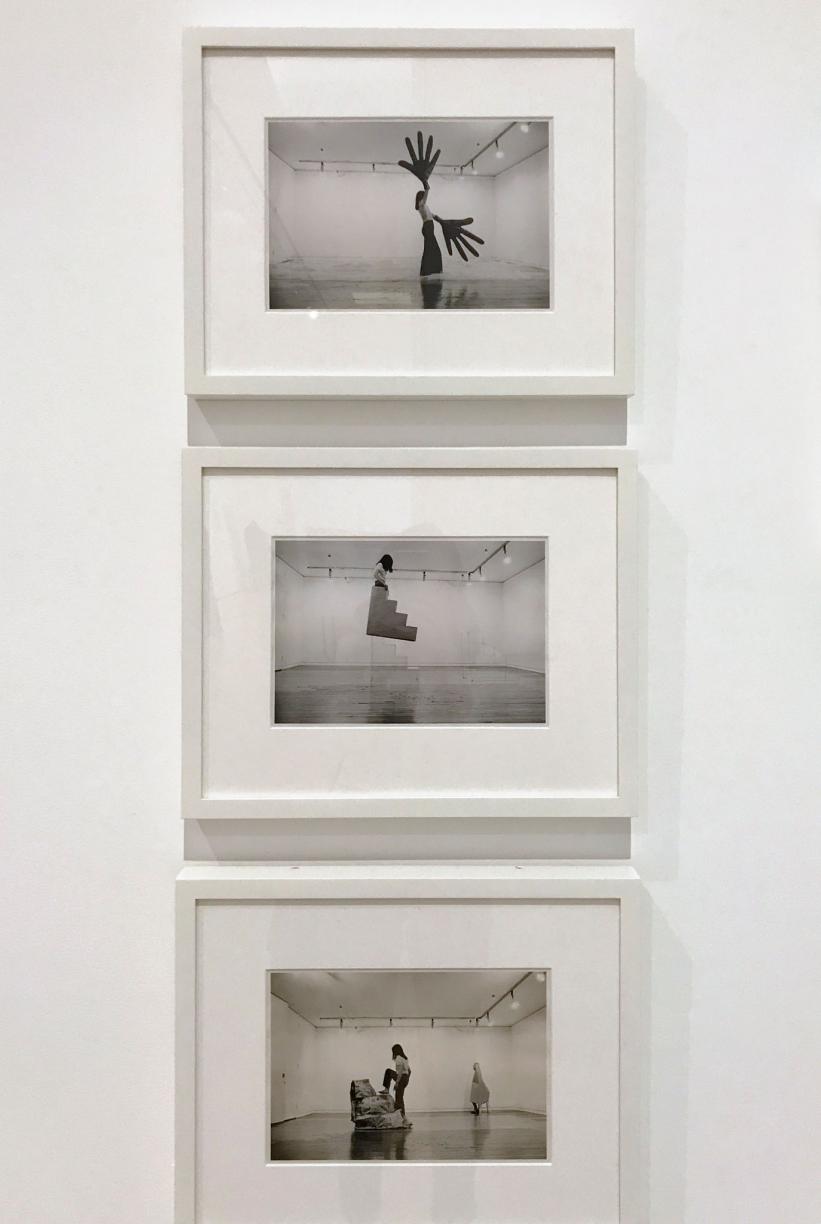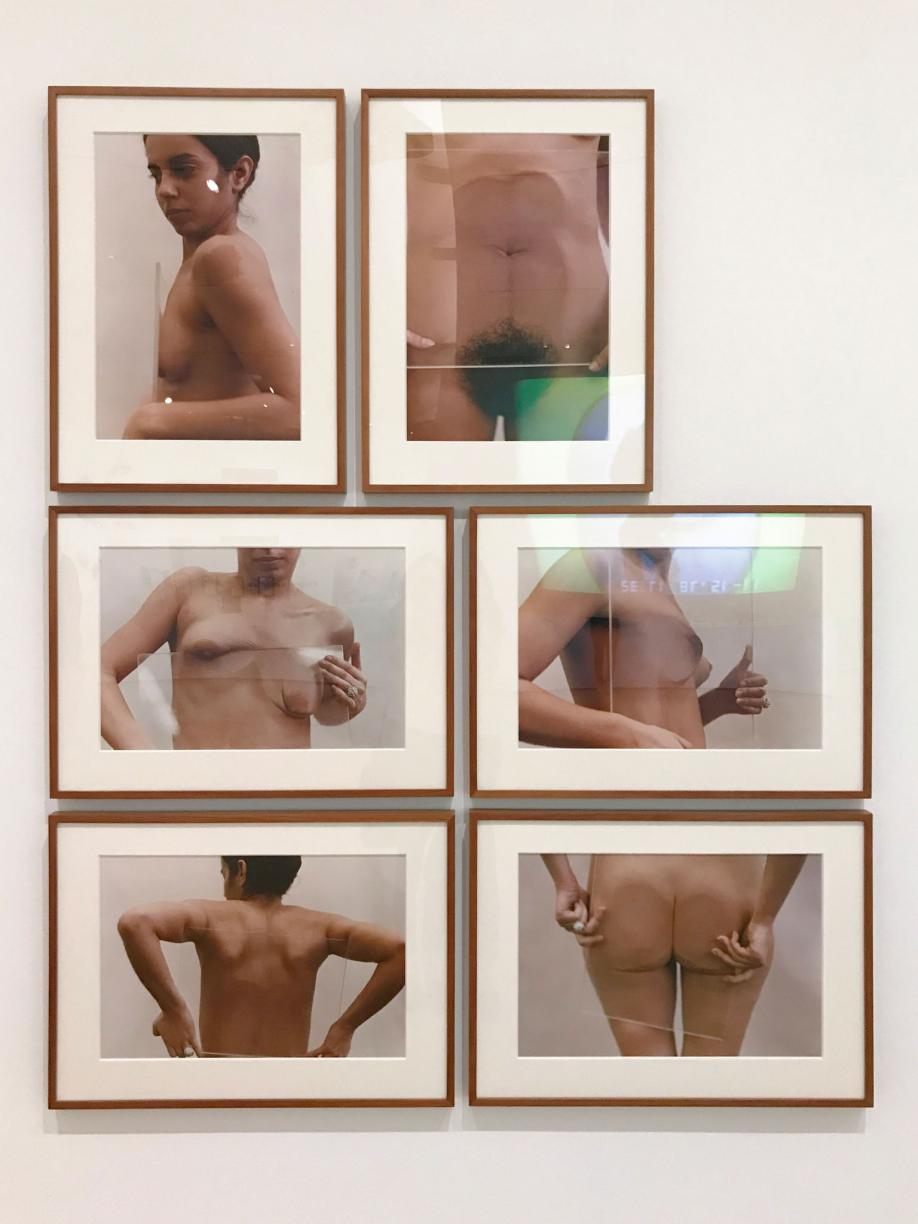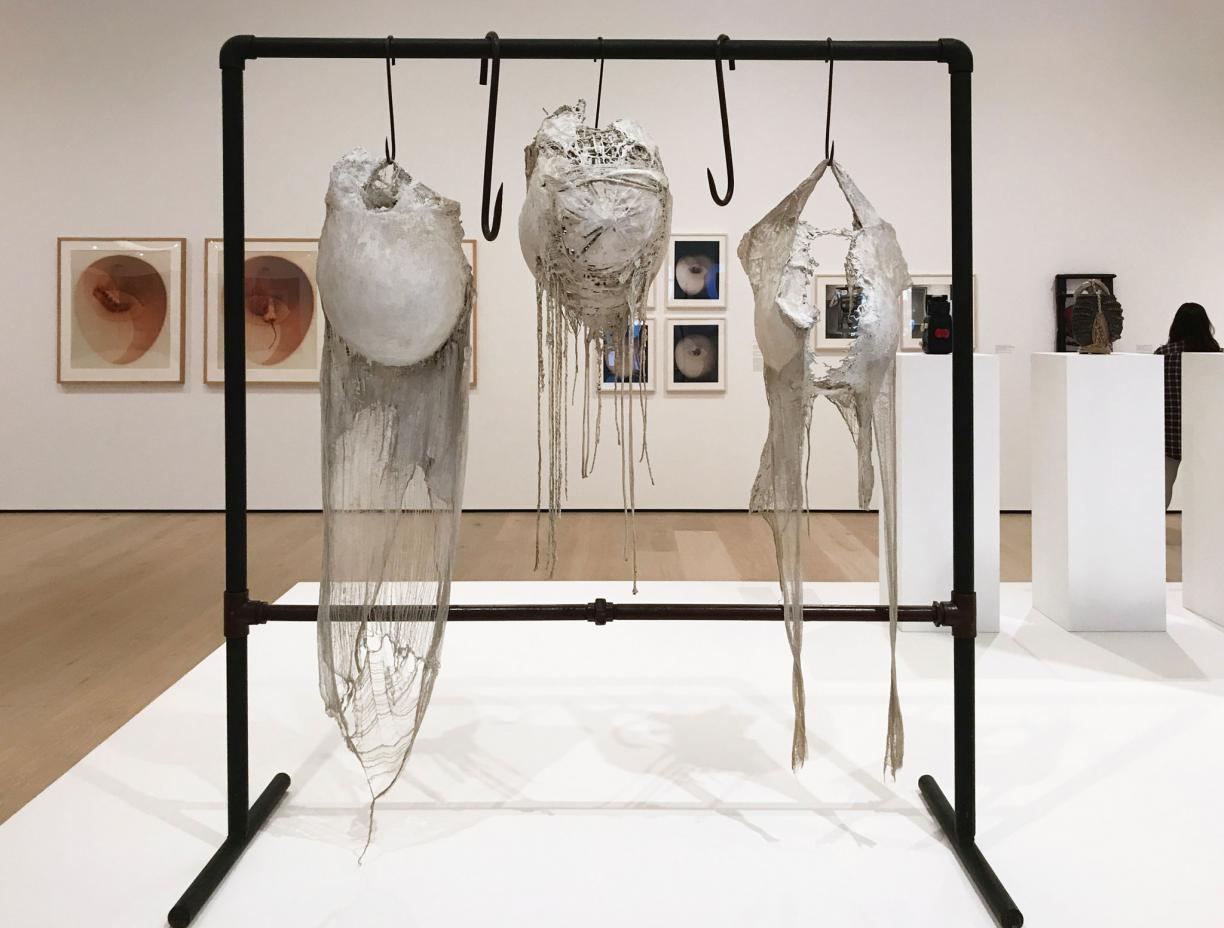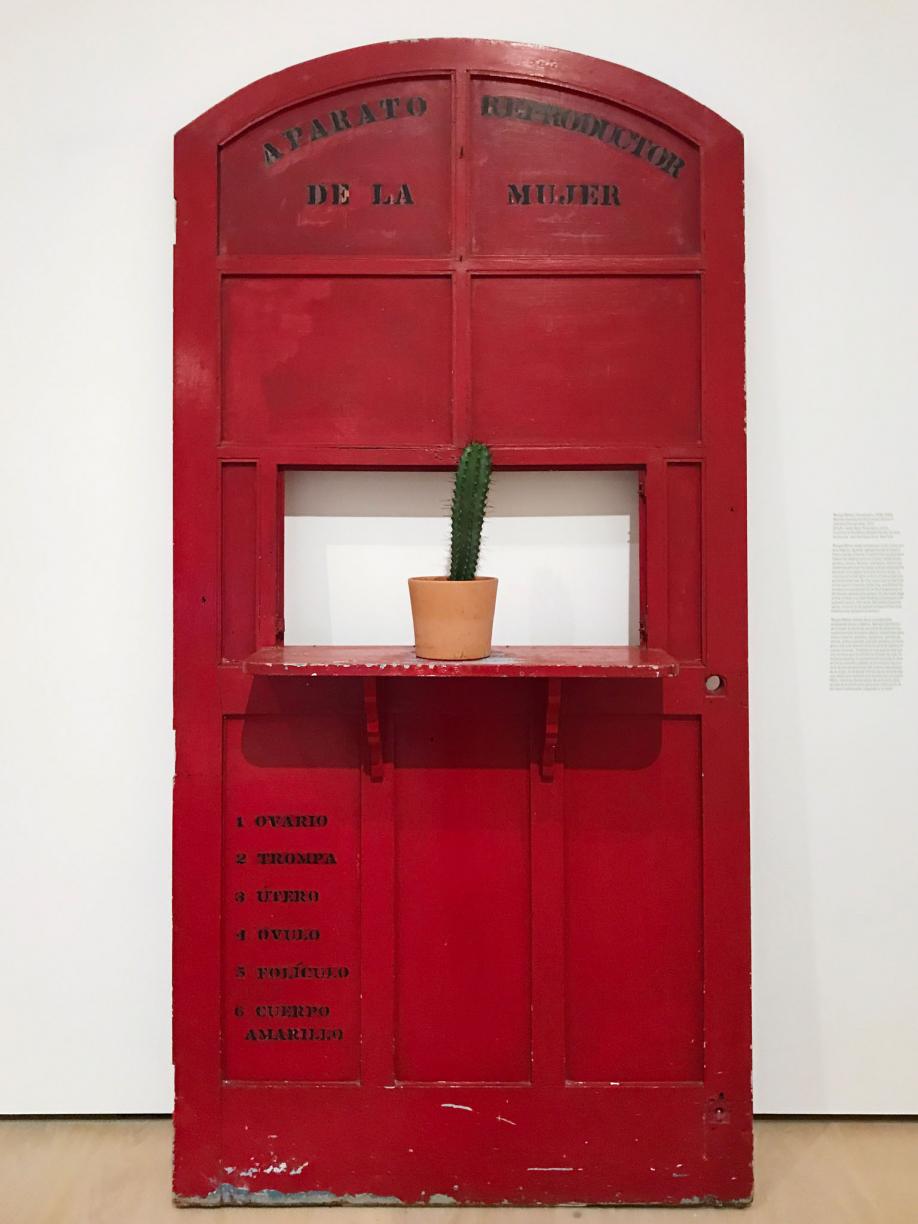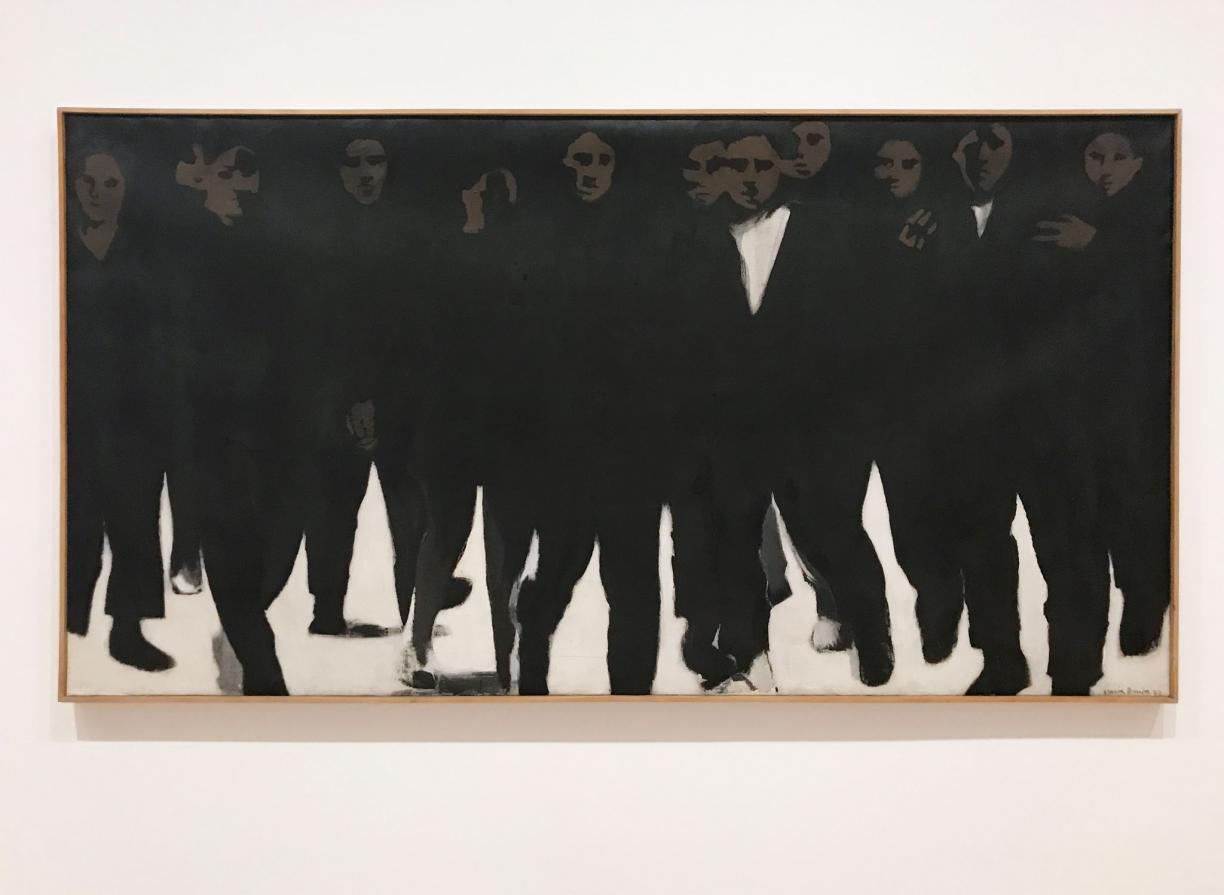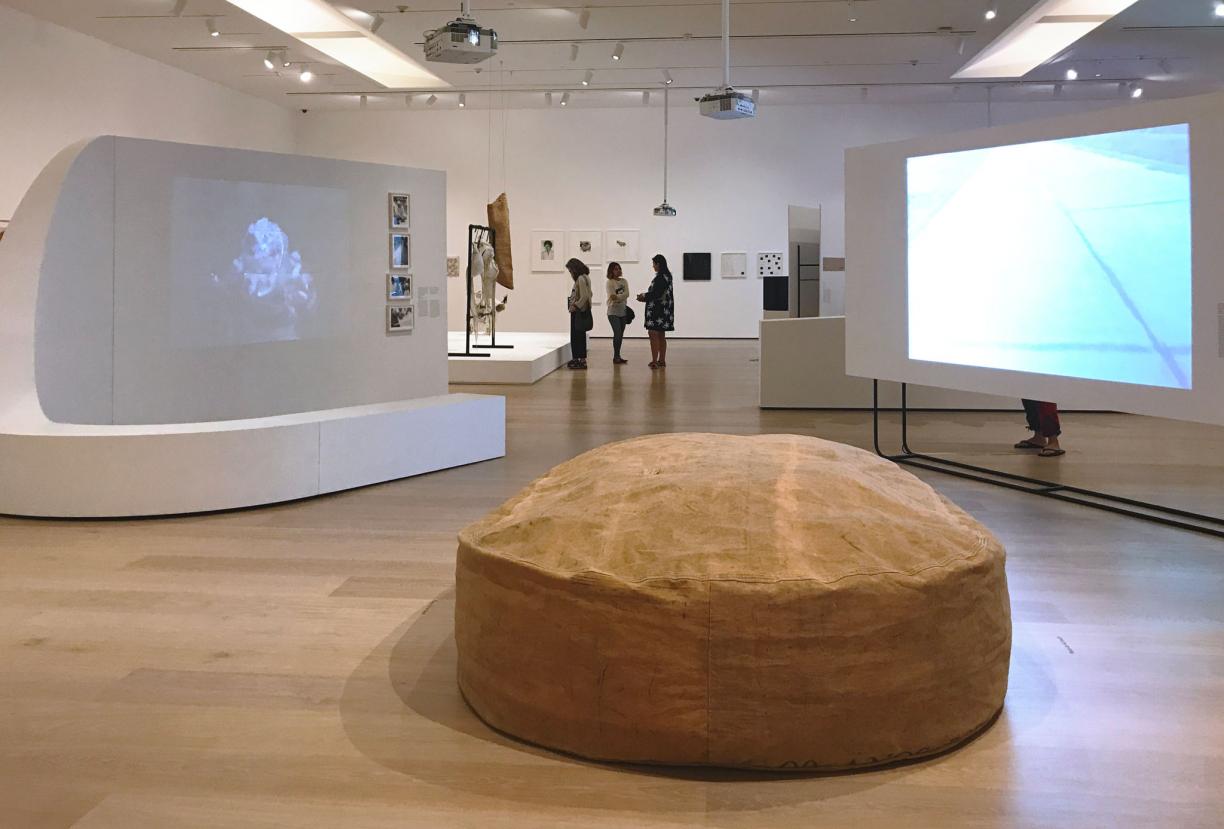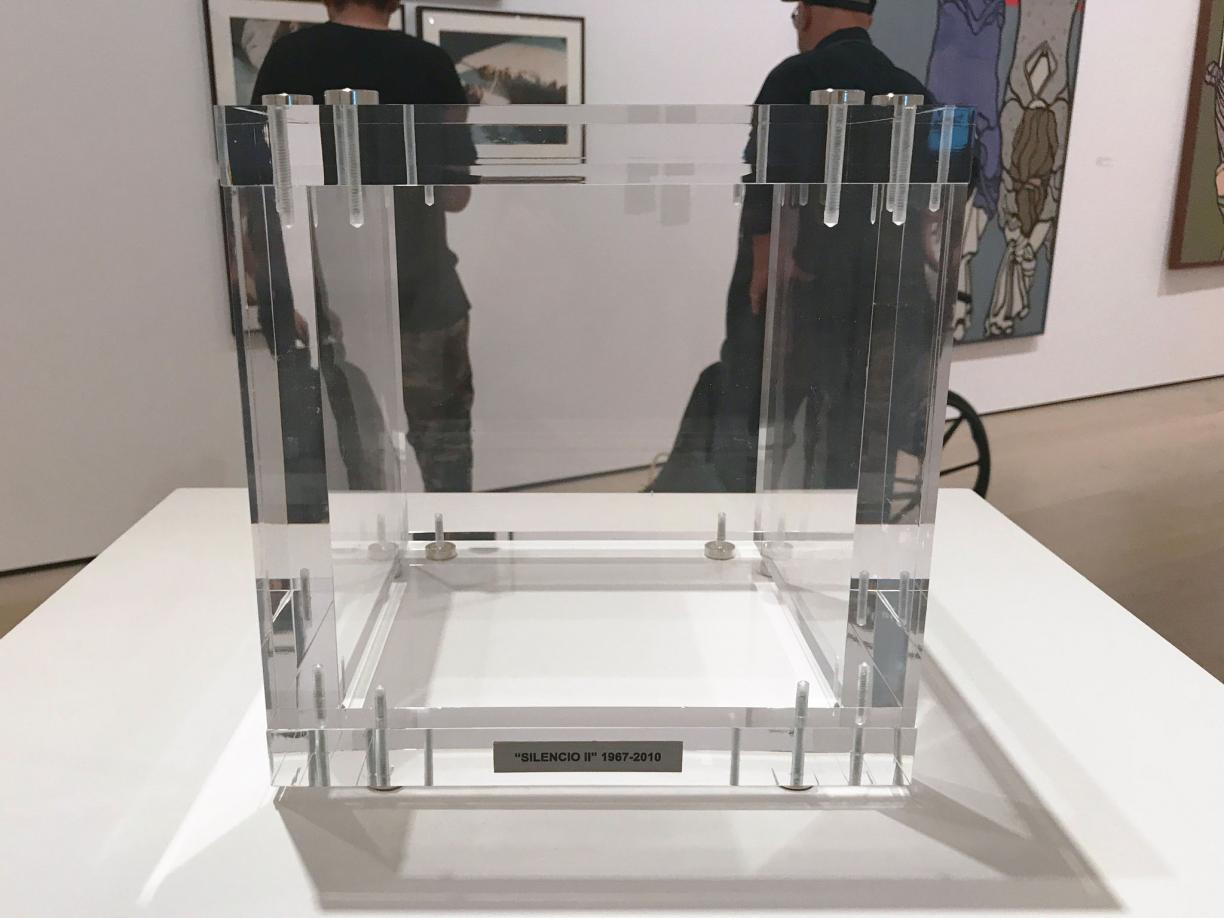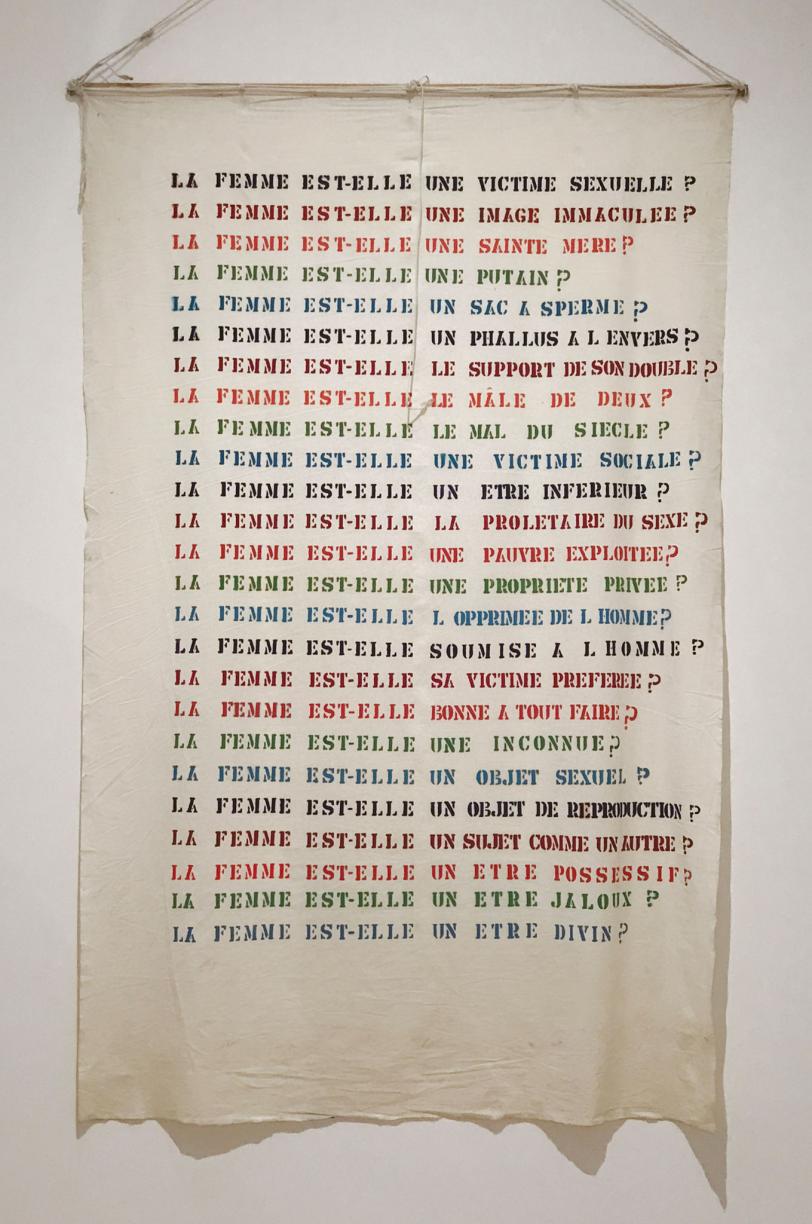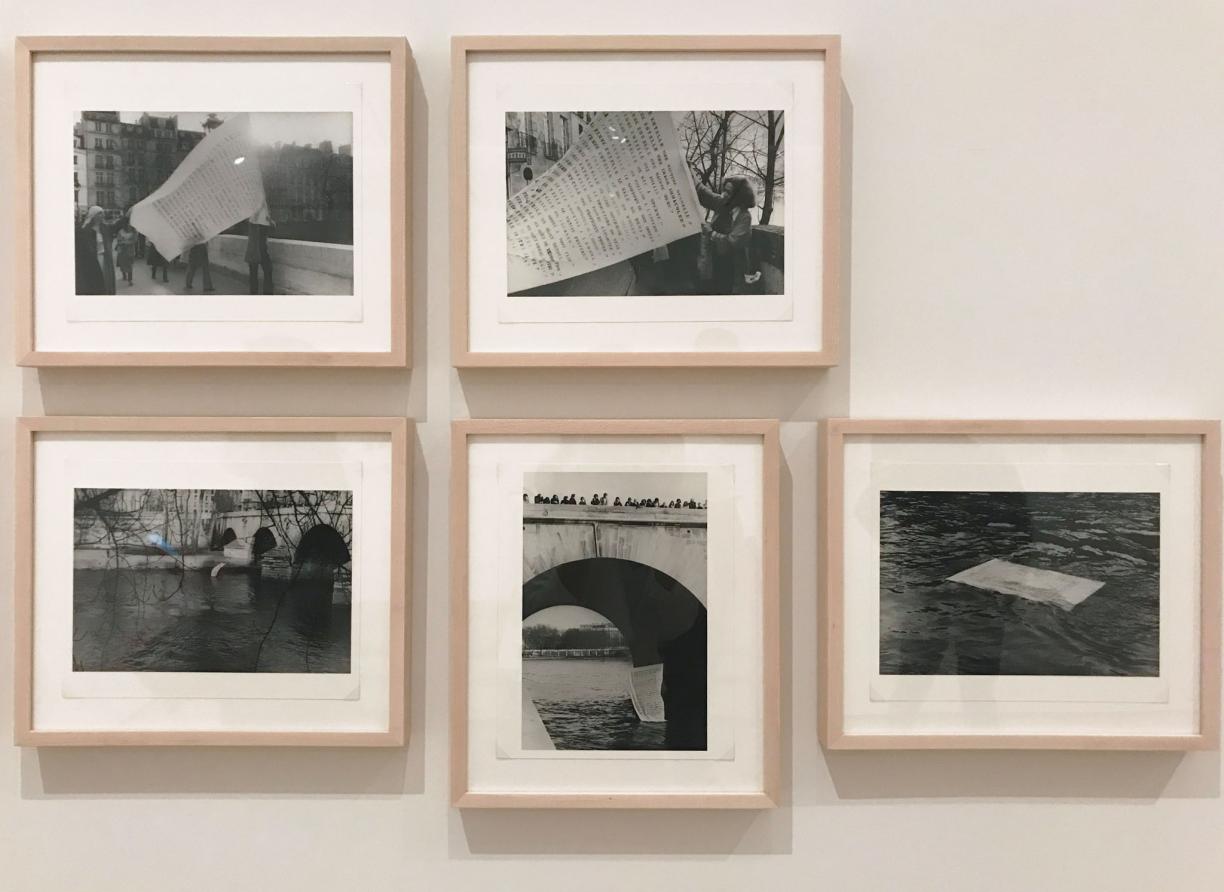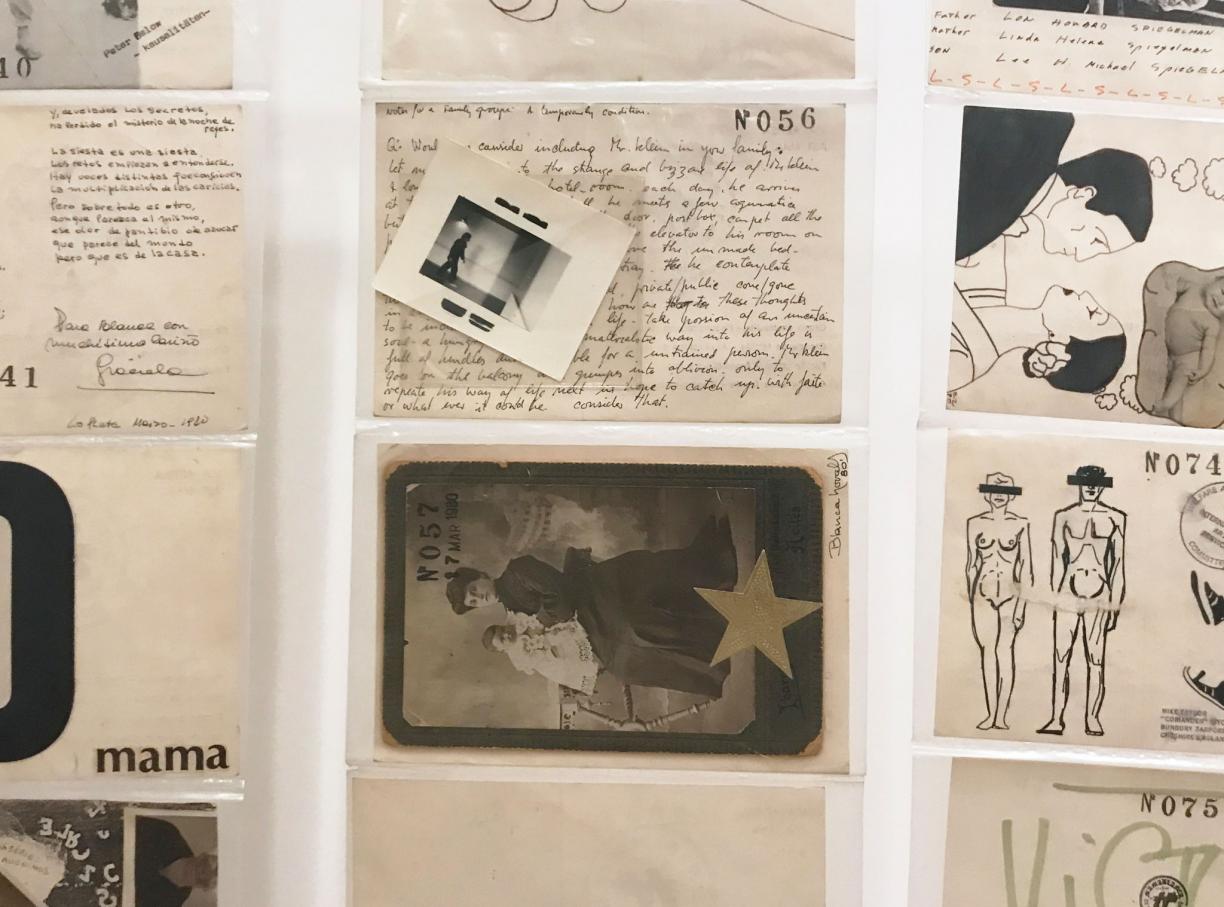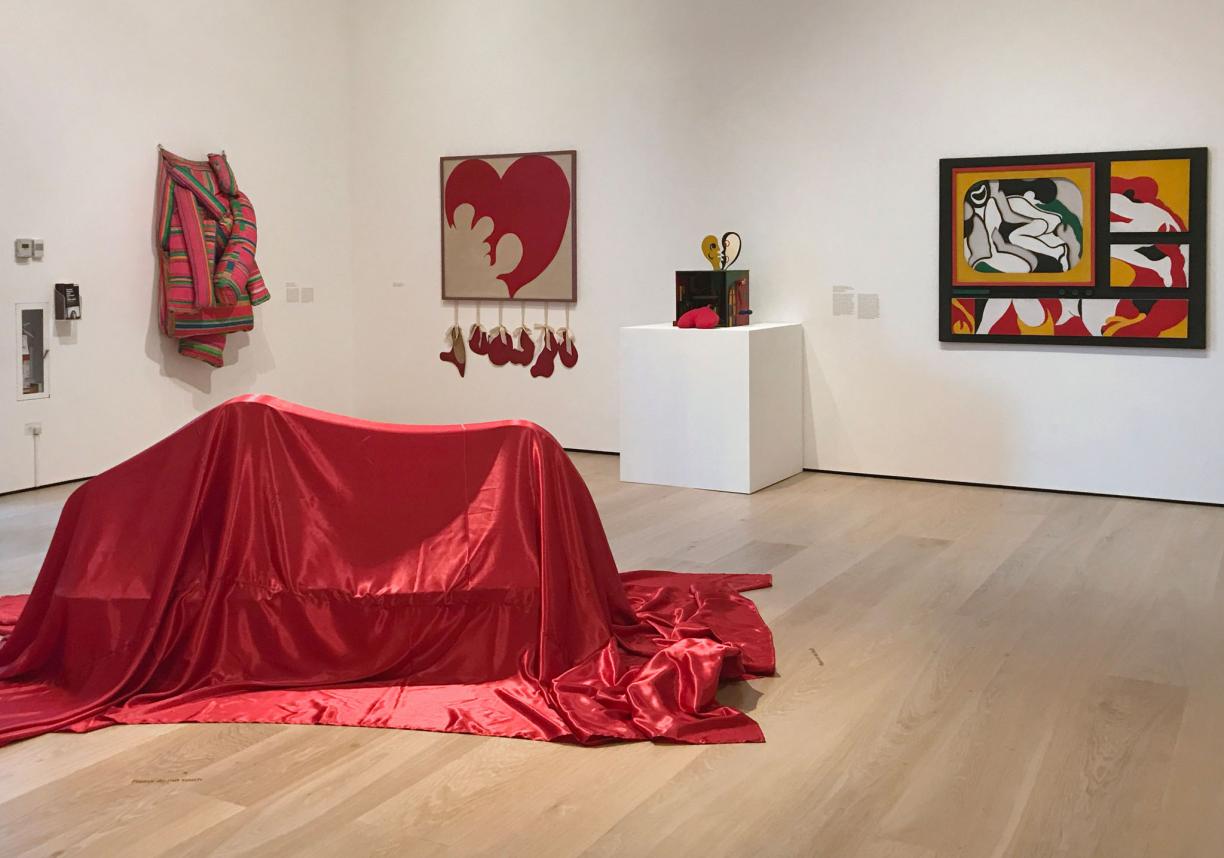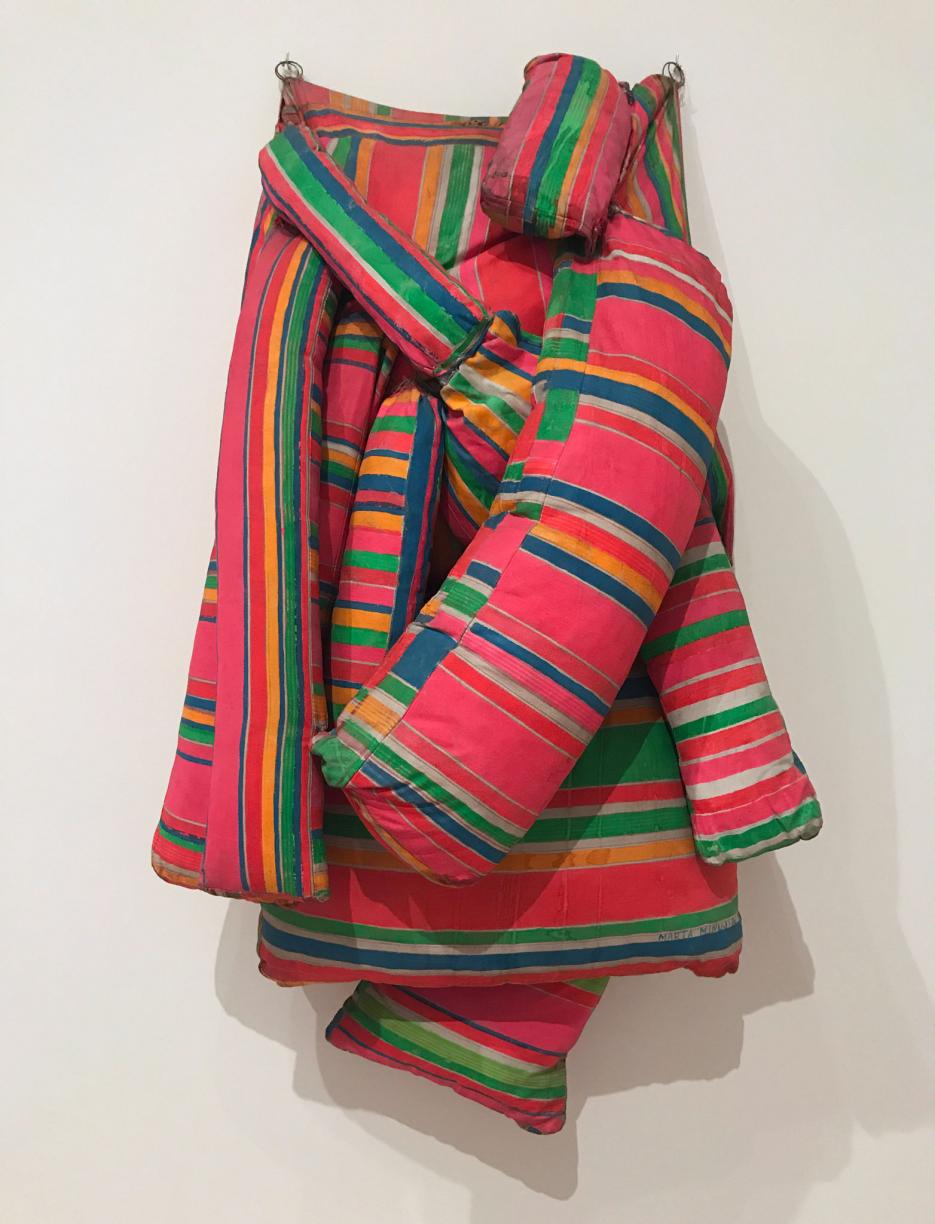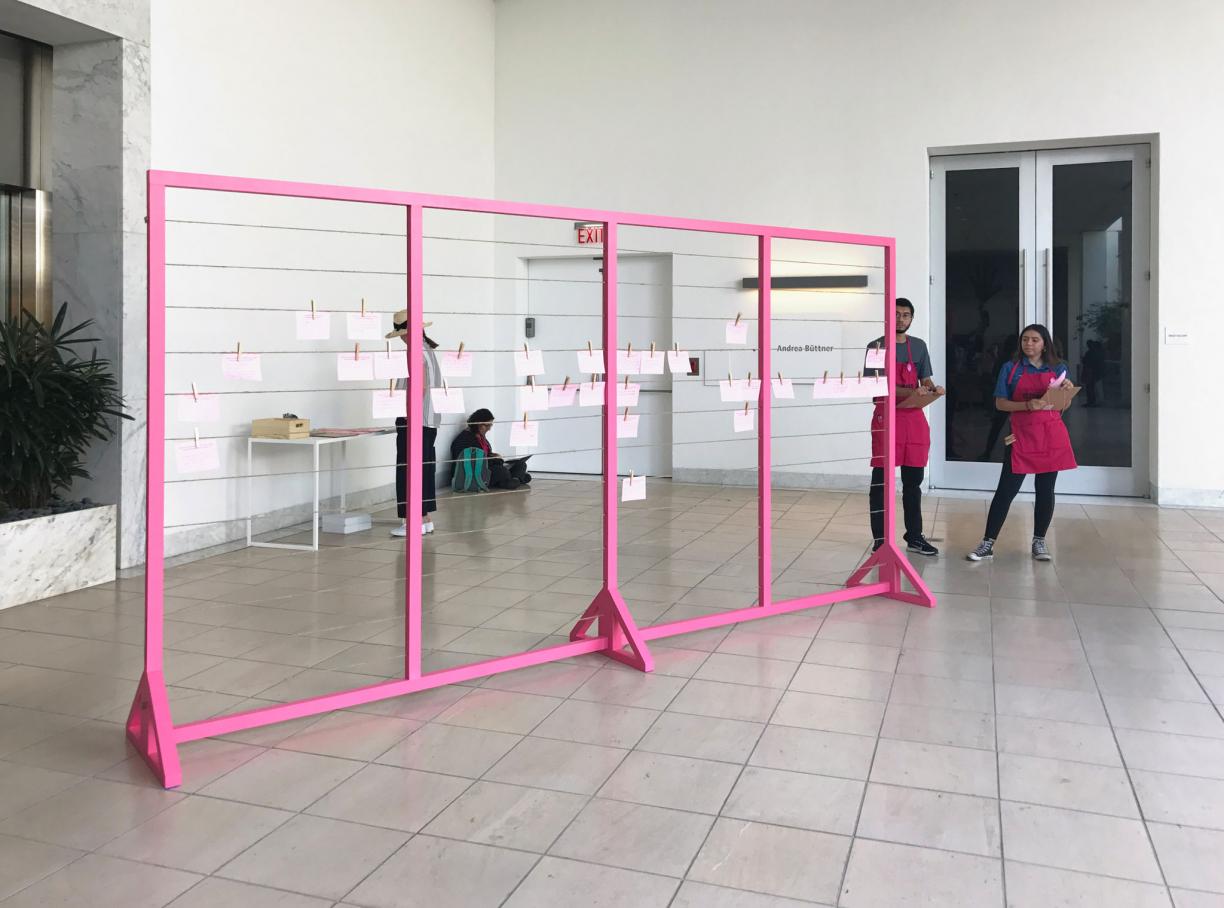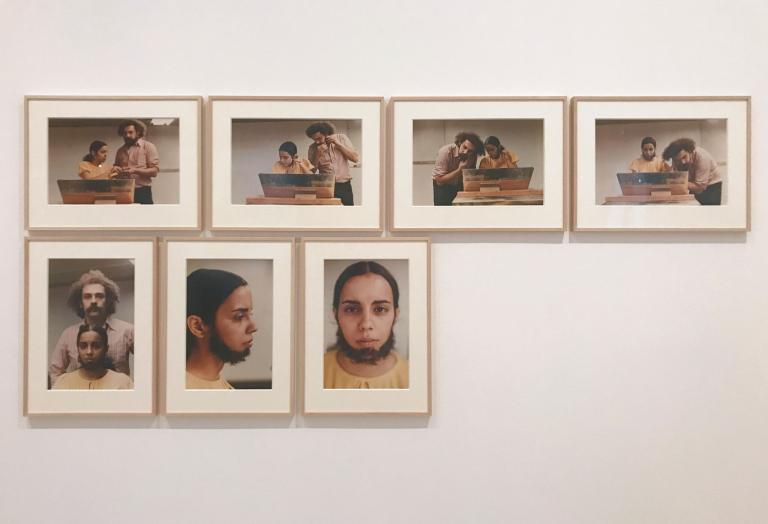
Ana Mendieta. Photo: Evergreene Studio.
This exhibition is successful in exposing vital information on the history of Latin American women and their significant involvement in shaping the early years of contemporary art. It’s a difficult undertaking to present an exhibition combining two “minority” groups without falling into the pits of defining them in terms of the Other. But Radical Women promotes and exemplifies self-definition, individuality, connectivity, celebration, critique, and an overall feeling of empowerment that stays with you long after you leave the museum.

Sylvia Palacios Whitman. Photo: Evergreene Studio.
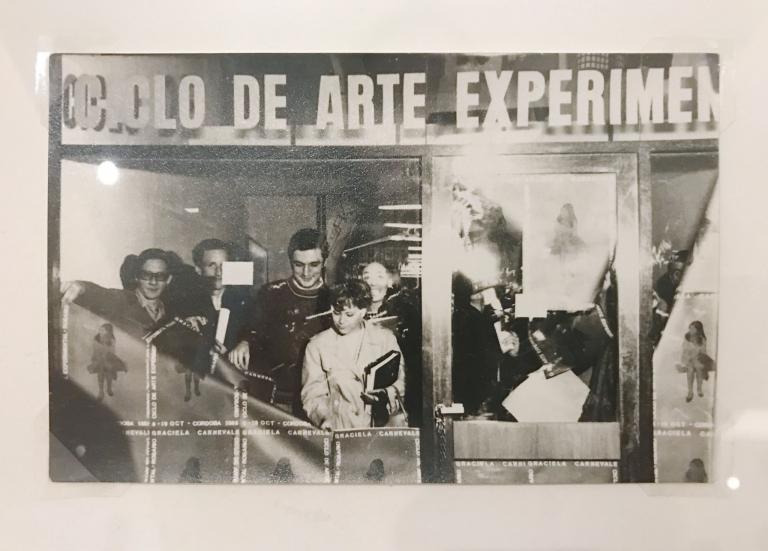
Graciela Carnevale. Photo: Evergreene Studio.
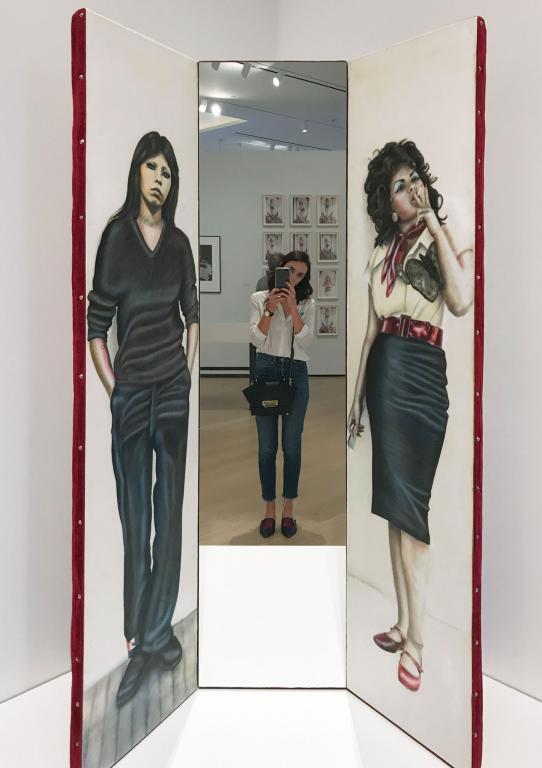
Judith F. Baca. Photo: Evergreene Studio.
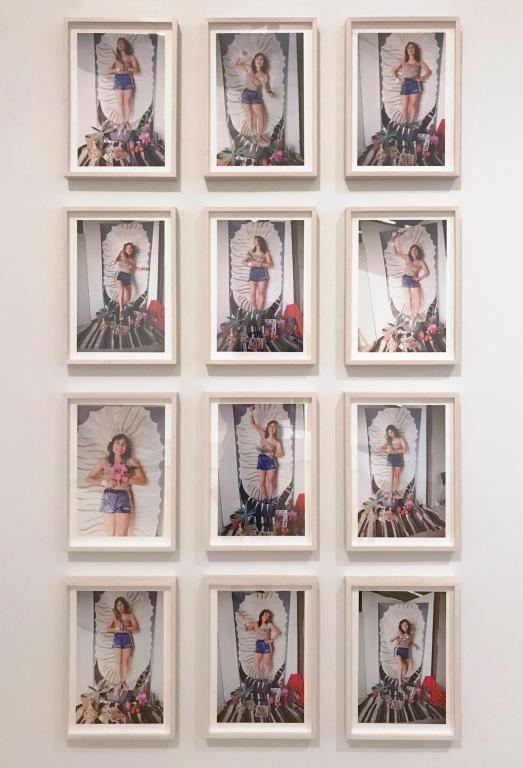
Yolanda López. Photo: Evergreene Studio.

Yolanda López. Photo: Evergreene Studio.
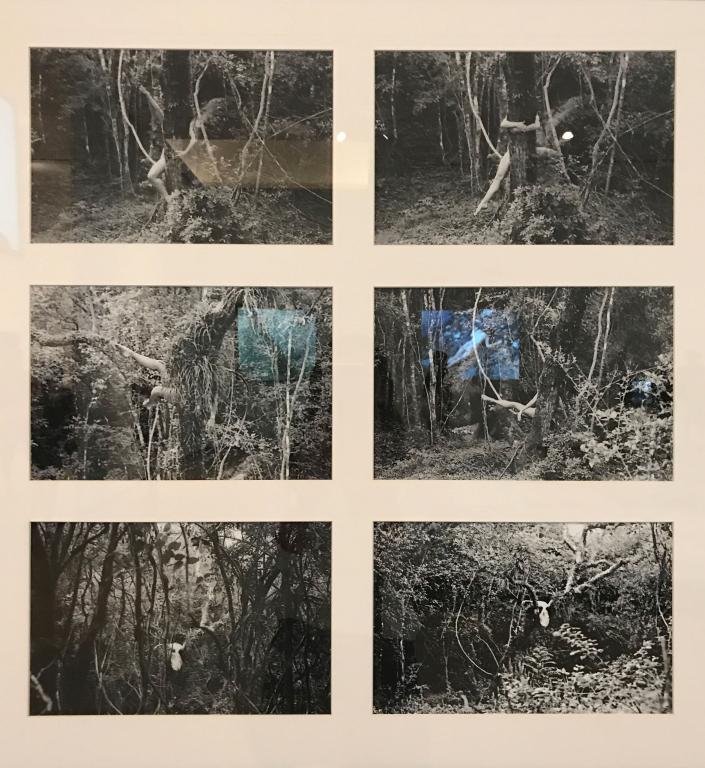
Mara Alvares. Photo: Evergreene Studio.
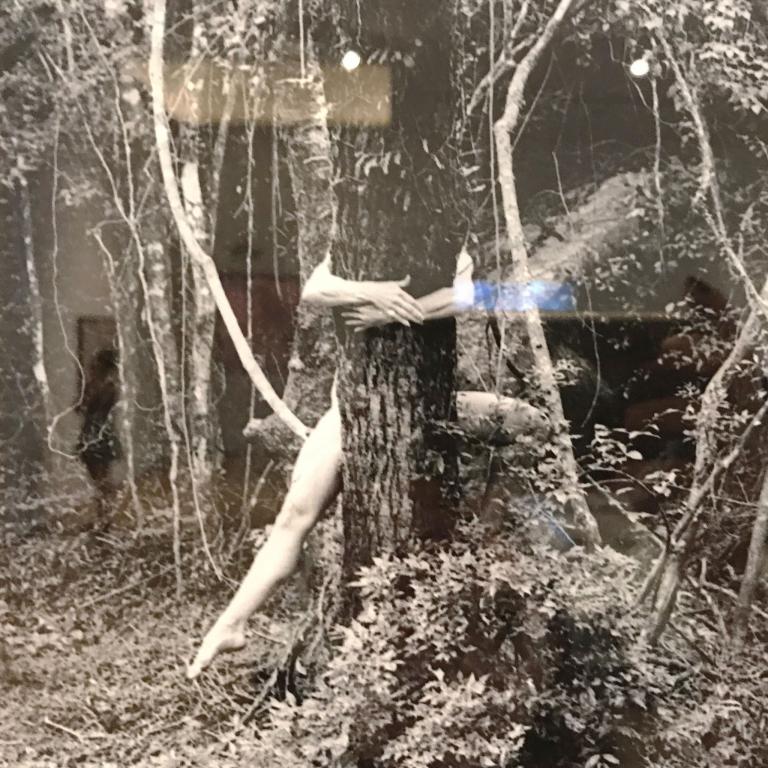
Mara Alvares. Photo: Evergreene Studio.
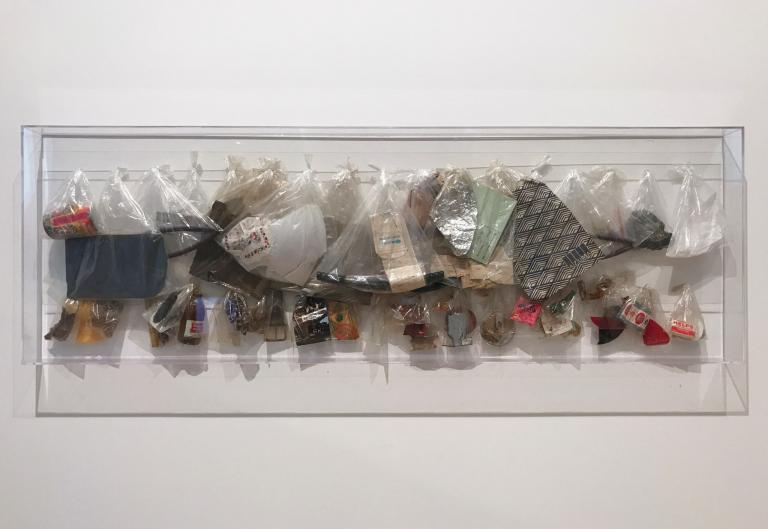
Alicia Barney. Photo: Evergreene Studio.

Rosa Navarro. Photo: Evergreene Studio.
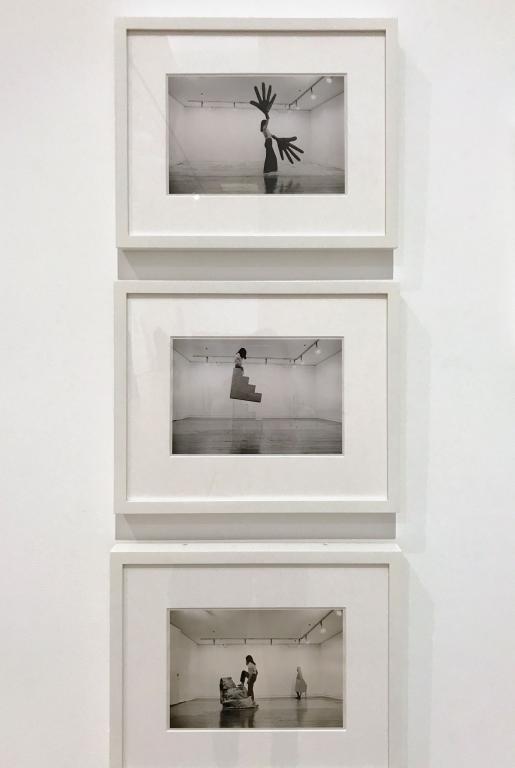
Letícia Parente. Photo: Evergreene Studio.
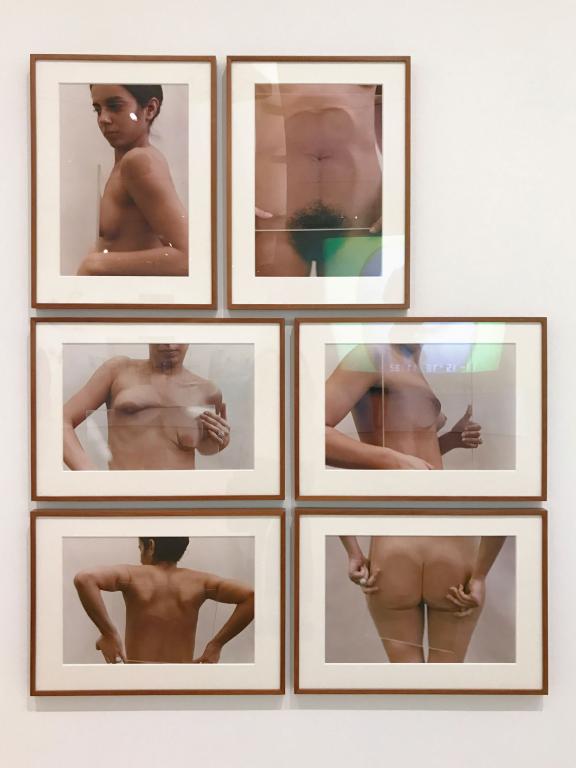
Ana Mendieta. Photo: Evergreene Studio.
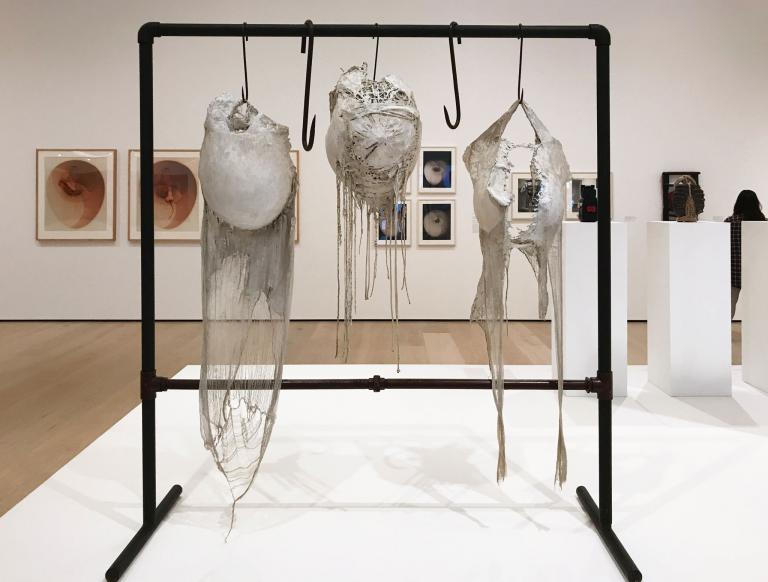
Johanna Hamann/gallery. Photo: Evergreene Studio.
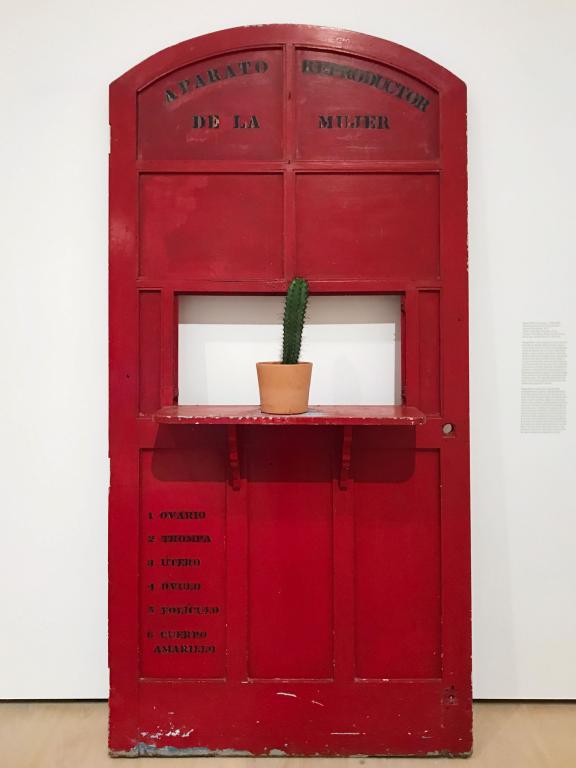
Margot Römer. Photo: Evergreene Studio.
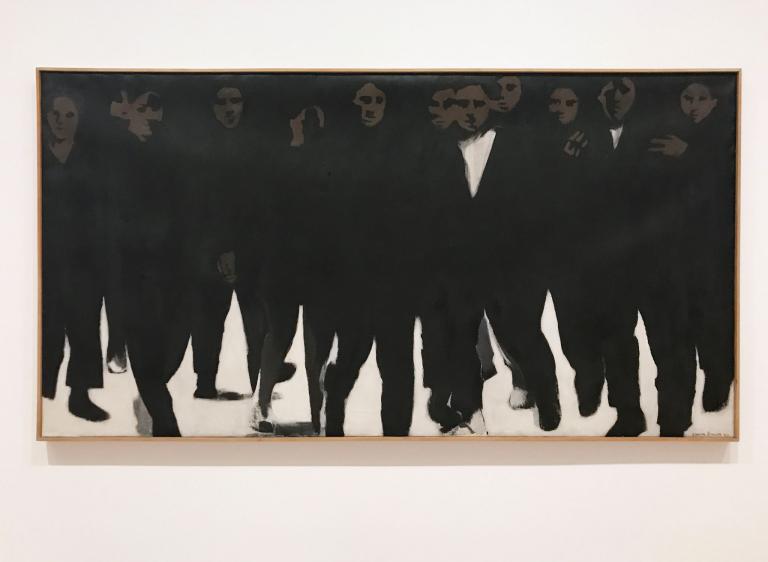
Garcia Barrios. Photo: Evergreene Studio.
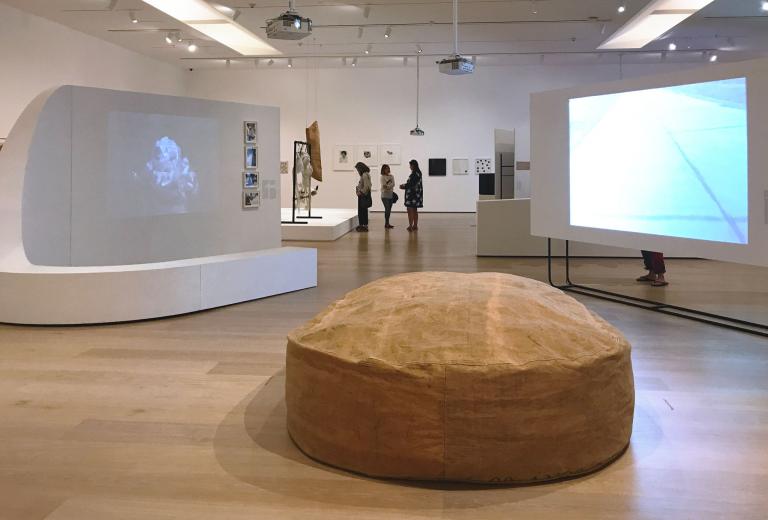
Photo: Evergreene Studio.
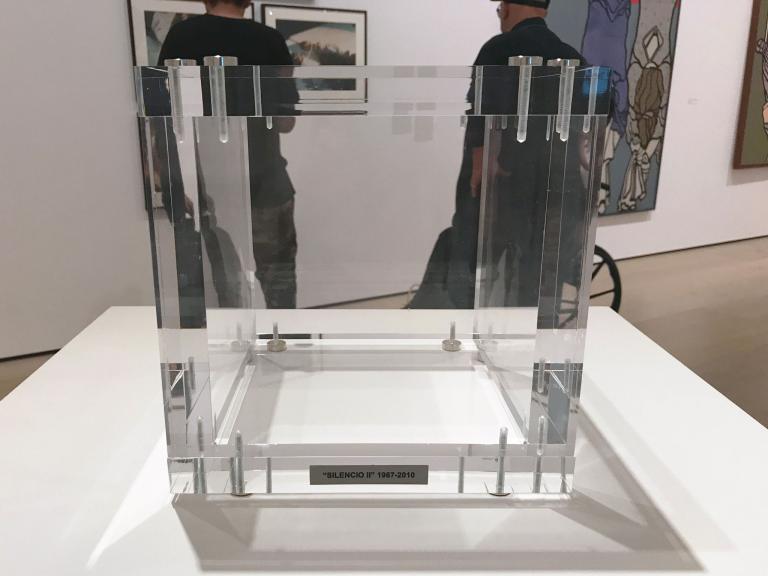
Margarita Paksa. Photo: Evergreene Studio.
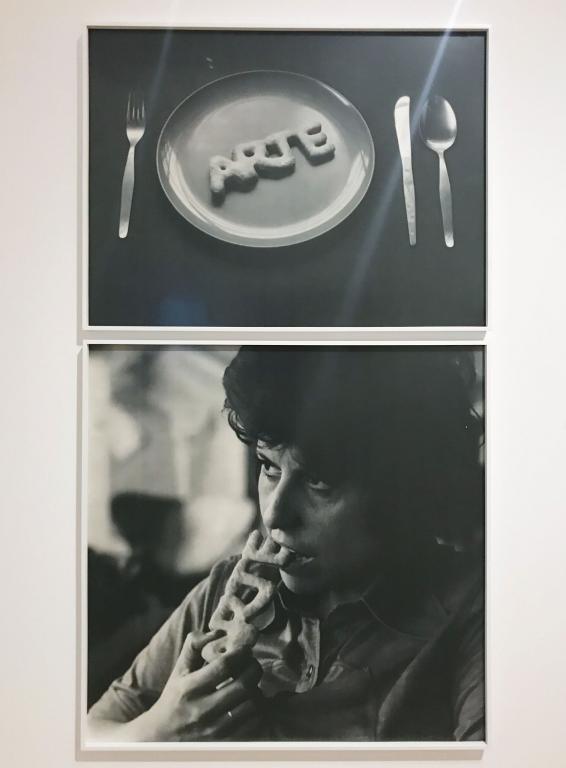
Regina Silveira. Photo: Evergreene Studio.
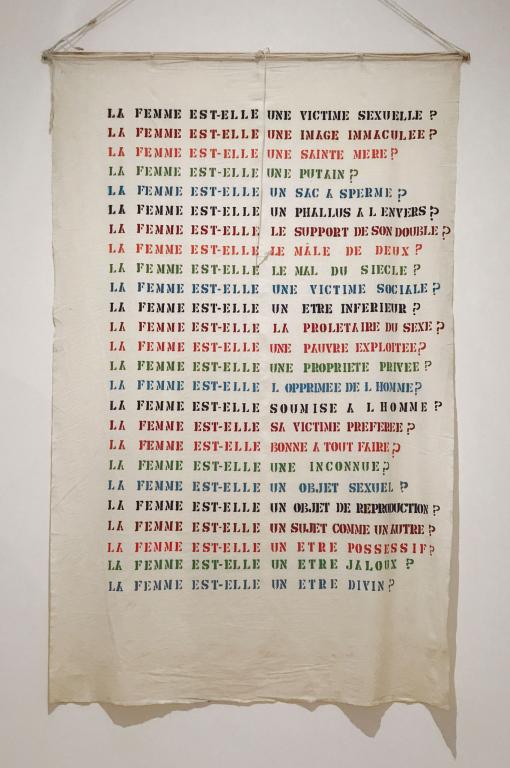
Lea Lublin. Photo: Evergreene Studio.
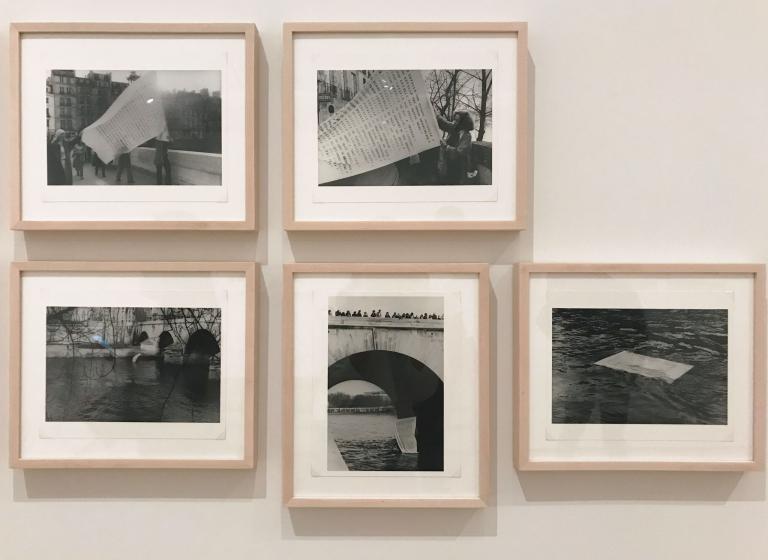
Lea Lublin. Photo: Evergreene Studio.
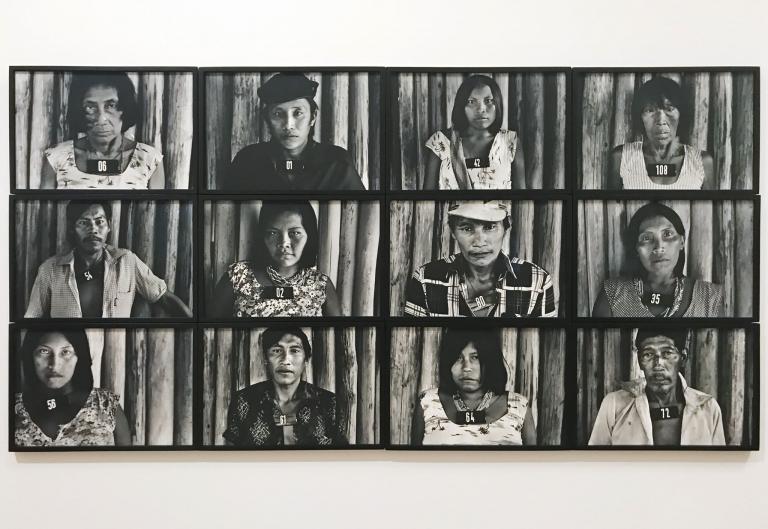
Claudia Andujar. Photo: Evergreene Studio.
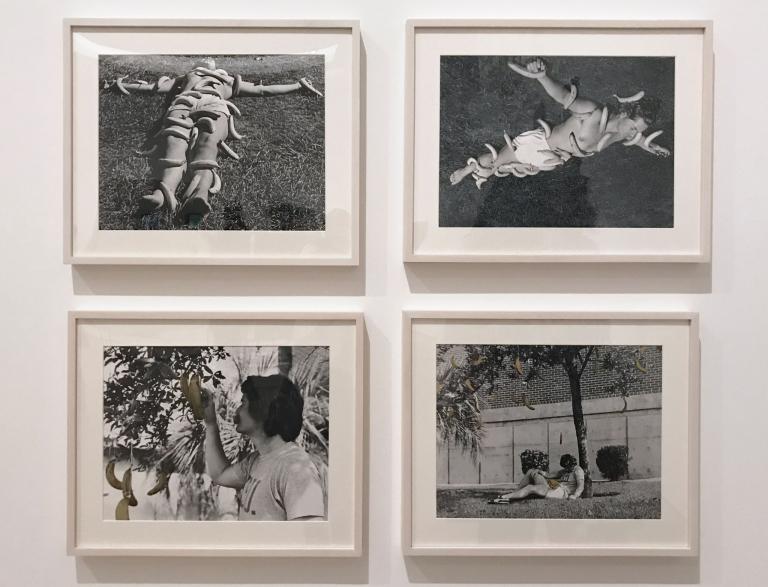
Victoria Cabezas. Photo: Evergreene Studio.
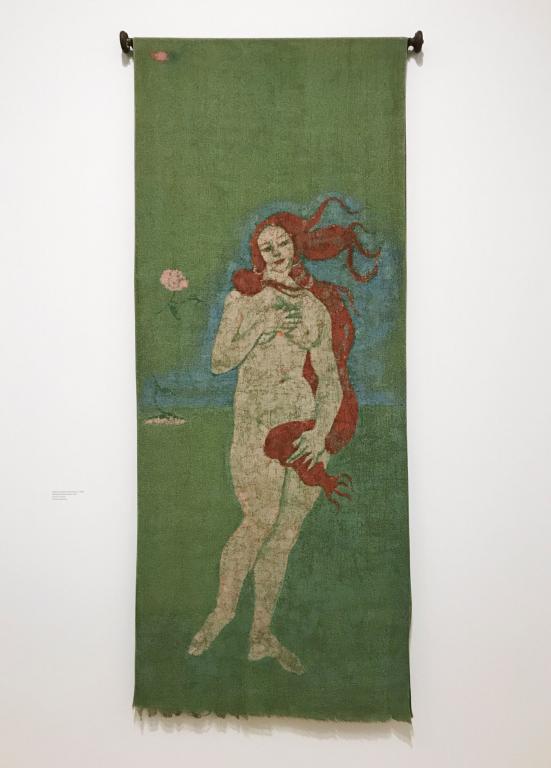
Beatriz González. Photo: Evergreene Studio.

Graciela Gutiérez Marx. Photo: Evergreene Studio.

Graciela Gutiérez Marx. Photo: Evergreene Studio.

Photo: Evergreene Studio.
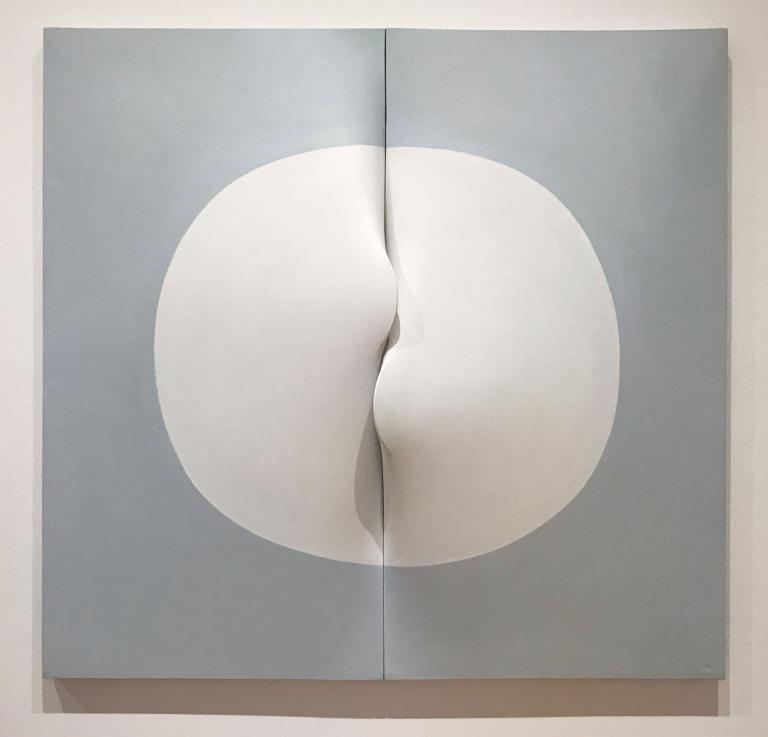
Zilia Sánchez. Photo: Evergreene Studio.
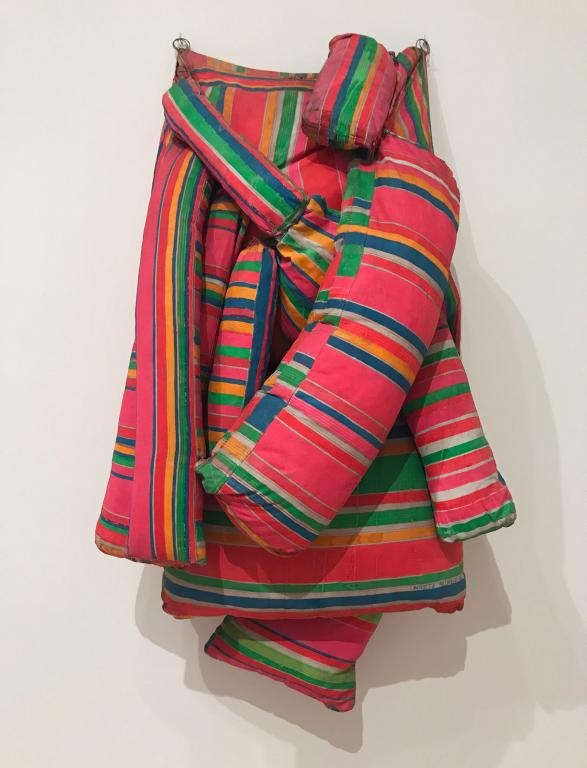
Marta Minujín. Photo: Evergreene Studio.

Photo: Evergreene Studio.
More information on the exhibition
Hammer Museum
Los Angeles, CA 90024
Directions
Tel: +1 310 443 7000
Hours:
Tue-Fri, 11am–8pm | Sat-Sun, 11am–5pm
